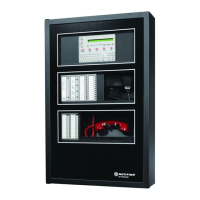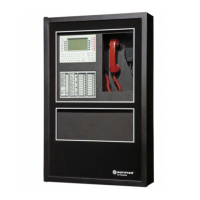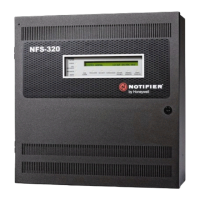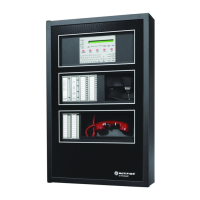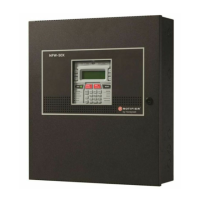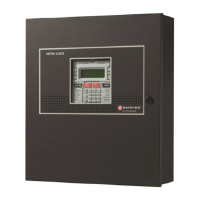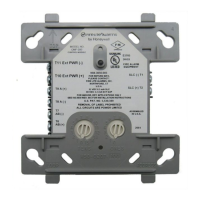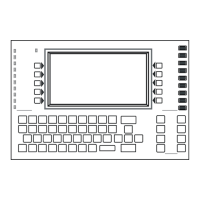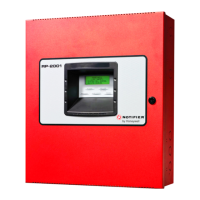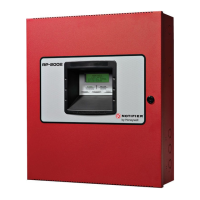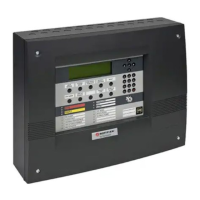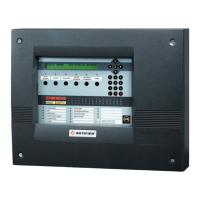112 NFS2-640/E Programming Manual — P/N 52742:L2 7/17/14
Appendix F: Type Codes
F.1 What are Type Codes?
Type Codes are software selections for initiating devices (detectors and monitor modules) and
output devices (control modules and NACs). Some Type Codes are self-explanatory; that is, the
Type Code matches the function of the device, such as a “Monitor” for a monitor module, “Photo”
for a photoelectric detector, and so on. Type codes also provide special functions, such as activating
switches, solenoids, and control panel functions.
F.2 How to Select a Type Code
You select a Type Code through the Point Programming screen. For instructions, refer to “Modify
an Addressable Detector Point” on page 20.
F.3 In this Appendix
This appendix contains detailed descriptions of Type Codes for input and output devices, as listed
below:
F.4 Type Codes for Input Devices
F.4.1 Overview
This section provides Type Codes for intelligent detectors and monitor modules. For instructions on
programming Type Codes, refer to “Modify or Delete a Point (2=point)” on page 19.
F.4.2 Type Codes for Intelligent Detectors
A list of intelligent detector Type Codes, which specify the type of detector installed at an SLC
address.
Type of Device Refer to page
F.4.2, "Type Codes for Intelligent Detectors" page 112
F.4.3, "Type Codes for Monitor Modules" page 114
F.5.2, "Type Codes for Control Modules" page 115
F.5.3, "NAC Type Codes" page 116
Table F.1 Intelligent Detector Type Codes (1 of 3)
Type Code
Point Characteristics
Device Function
Point Type
Latching
(Y/N)
Point Function
SMOKE (ION)
fire alarm Y lights fire alarm LED and activates CBE Ionization smoke detector
SMOKE(DUCTI)
fire alarm Y lights fire alarm LED and activates CBE Duct Ionization smoke detector
SUP.T(DUCTI)
3
supervisory N lights supervisory LED Ionization smoke detector used as a duct detector to
report supervisory condition rather than alarm.
Tracking.
SUP.L(DUCTI)
supervisory Y lights supervisory LED Ionization smoke detector used as a duct detector to
report supervisory condition rather than alarm.
Latching.
SUP.T(ION)
2,3
supervisory N lights supervisory LED Ionization smoke detector used to report supervisory
condition rather than alarm. Tracking.
SUP.L(ION)
2
supervisory Y lights supervisory LED Ionization smoke detector used to report supervisory
condition rather than alarm. Latching.
SMOKE(PHOTO)
fire alarm Y lights fire alarm LED and activates CBE Photoelectric smoke detector
SMOKE(DUCTP)
fire alarm Y lights fire alarm LED and activates CBE Duct Photoelectric smoke detector
SUP.T(DUCTP)
3
supervisory N lights supervisory LED Photoelectric smoke detector used as a duct detector
to report supervisory condition rather than alarm.
Tracking.

